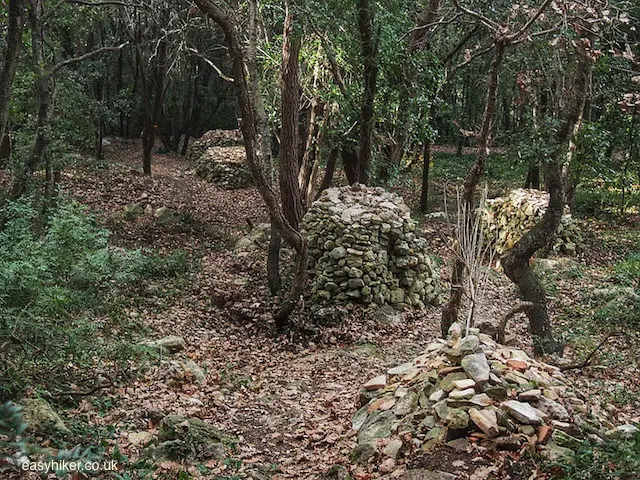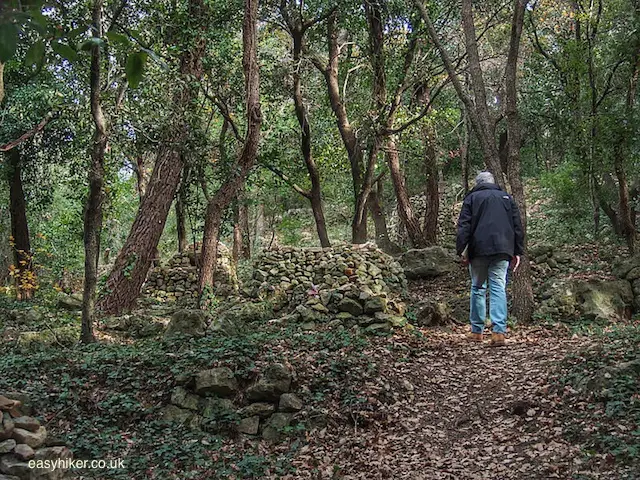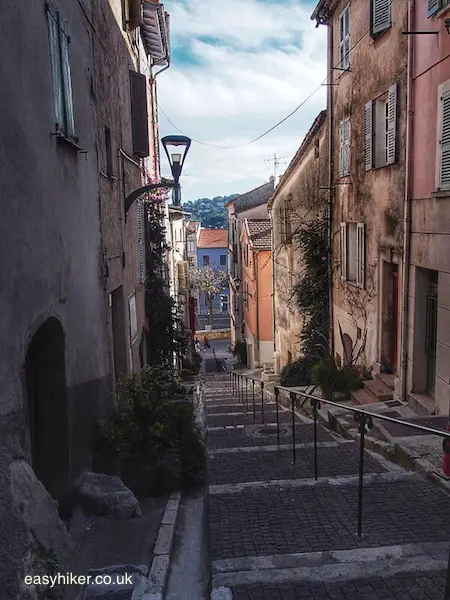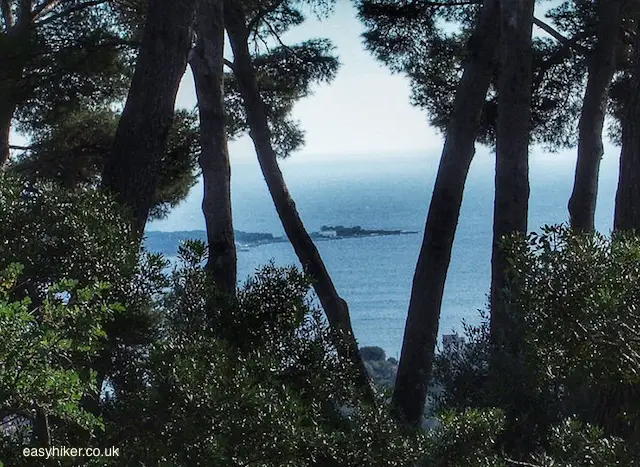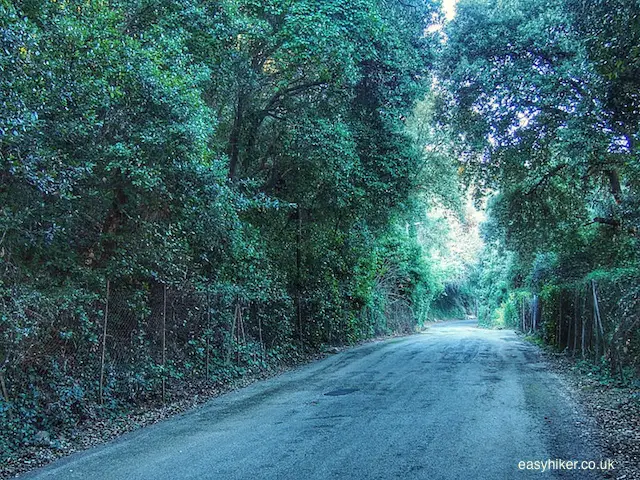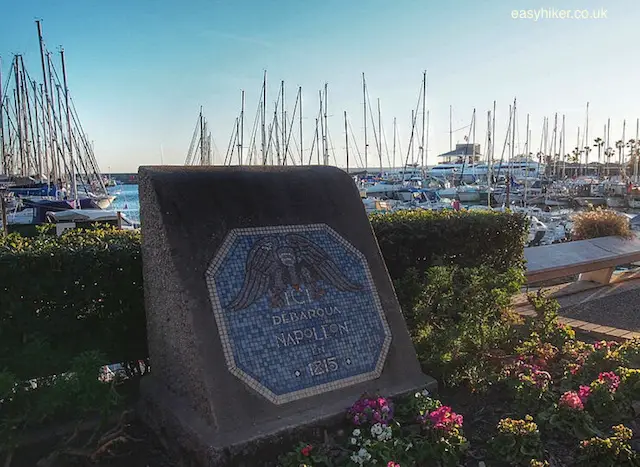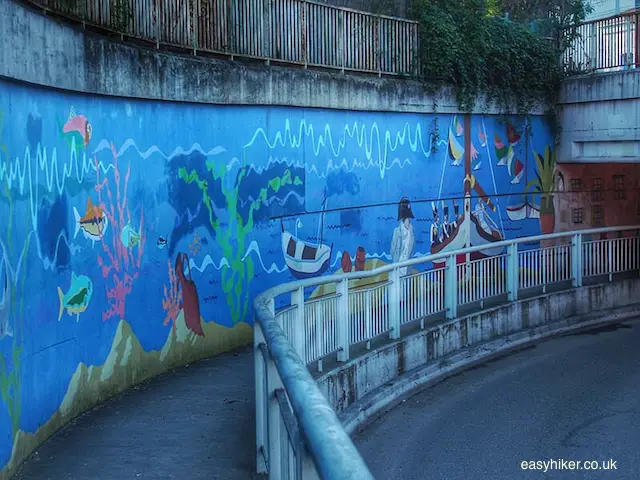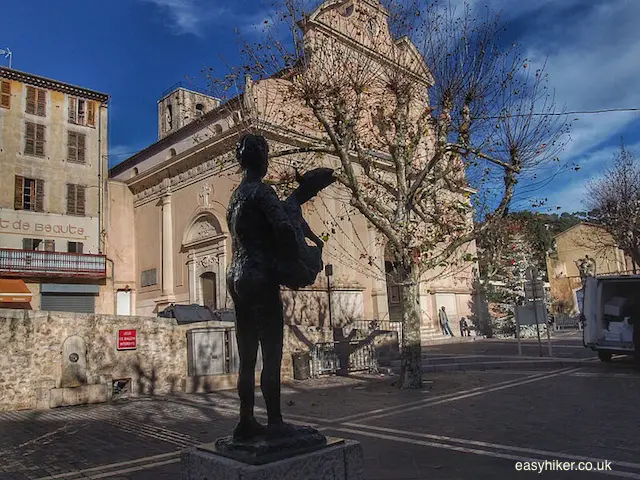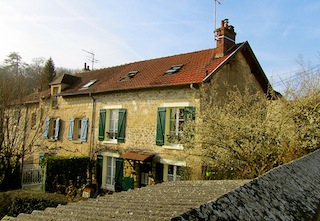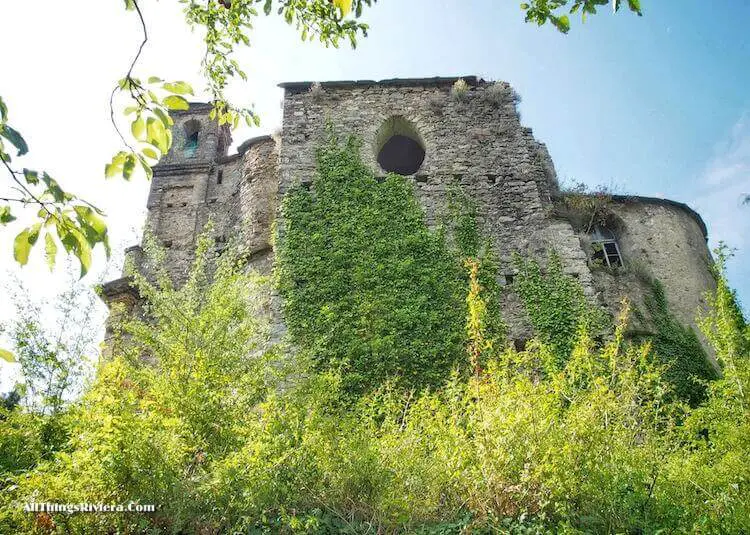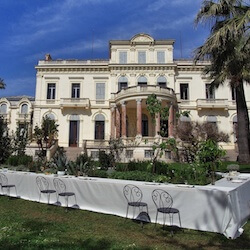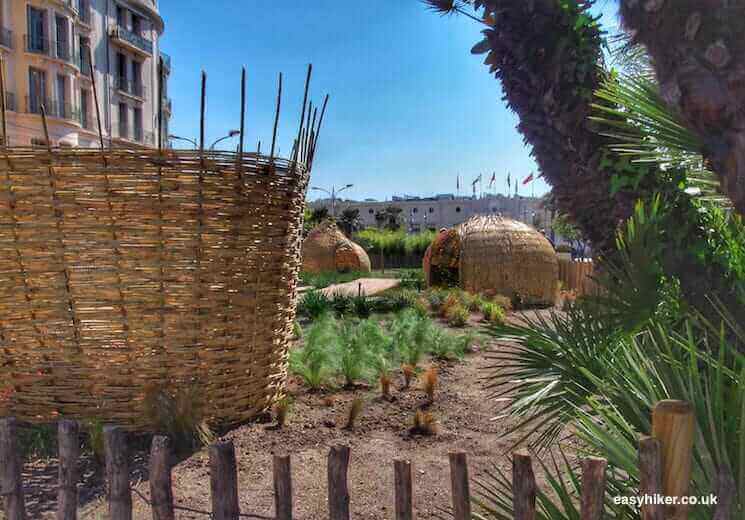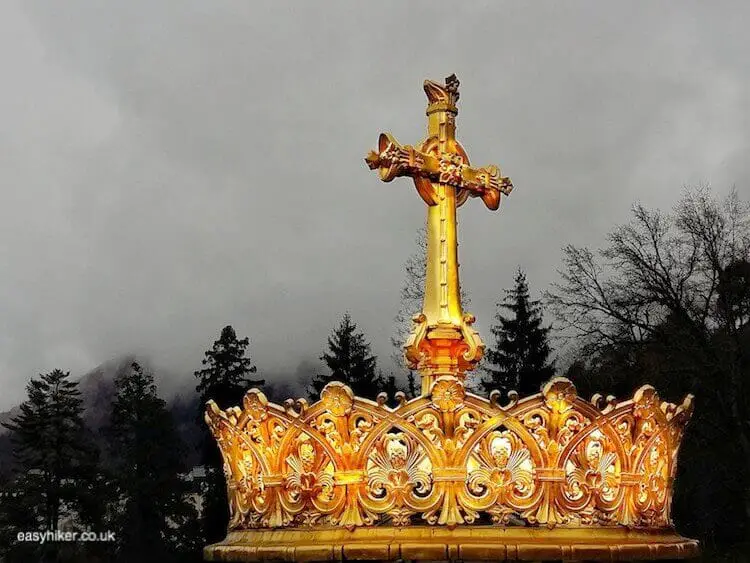What have the Romans ever done for the French Riviera? Not much, it appears.
For our first proper walk of the year – one involving a forest, “big sky views” and mud under our feet – we picked a theatre of ancient local history.
You would be surprised how difficult it can be to find real “history” on the French Riviera. Don’t get me wrong: we have our share of castle ruins, baroque churches and aristocratic residences around here – this IS Europe, after all – but it is worth while remembering that the Grimaldis, the overlords of this stretch of land for centuries, came here as exiles, as the victims of Genovese power politics: the Riviera was their booby prize.
In fact, this region was poor for most of its history: which is why Ligurian cuisine is all about finding ways of knocking small fish, herbs and olive oil together into filling meals. No grain grows here, not much wine, and you will never see cattle grazing on the slopes of the local hills.
The main source of meat, and the mainstay of many traditional menus, was the humble rabbit. The wealth of today’s Riviera dates no further back than to the trade in citrus fruit and, above all, the invention of tourism.
All of this is why local historians prefer to focus on the traces left in this area throughout antiquity, of which there are indeed quite a few.
But the story of the Riviera’s Roman occupation is itself rather revealing: most of the Roman settlements were rather small, with amphitheatres – inasmuch as there were any at all – packing in hundreds rather than thousands, as they did further to the west in proper Imperial cities such as Arles and Orange.
Most settlements were just big enough for soldiers to defend what was a strategically important slice of land between the mountains and the sea rather than a province that was valuable in its own right.
What is left behind is therefore similar to what 41st century archaeologists will one day find when they unearth the remnants of Diego Garcia or USAF bases in Afghanistan: discarded military hardware and every-day utensils rather than great architecture or sophisticated objets d’art.
This is also true for the ancient settlement of Cordula which is located in the hills between Cannes and Antibes. What makes this place specifically interesting, however, is the fact that, before becoming a Roman village, it had already served the native Ligurians as a hilltop refugium, a place where the inhabitants of the surrounding lowlands could seek shelter from any threatening invaders or marauders – including, presumably, the very Romans who would displace them as Cordula’s principal inhabitants.
Cordula was eventually destroyed by the first wave of Barbarian invaders in the 4th century AD, and little of its ancient building fabric has been left, not much, at any rate, that would be discernible to the archaeologically untrained eye. At any rate, all of Cordula has since been overgrown by thick forests, because this is what forests do. (All empires know that this is what eventually will happen, but it has never kept them.)
Even though there is not all that much to discover, a walk around the old Pagus Cantabensis (which is how the village was called in Roman times) is pleasant enough. The forests largely consist of oak trees, which is unusual for this part of the world, have an almost central-European thickness and occasionally open up to present great views, to the snow-capped peaks of the Alps …
… and across the sea all the way to the Cap Antibes peninsula.
A walk through ancient history between Cannes and Antibes
To follow us on this walk, leave the local train at Golfe Juan station. (Careful: not all the trains stop here, so make sure in advance that you are sitting in one that does.) From the beach resort, follow initially the main road to Vallauris (look for the street signs), but then turn left up a ramp into the Vieille Route de Vallauris, a quiet country road which is much better to walk than the busy N135 and only very slightly longer.
After a little more than 1 km, you will arrive at a roundabout where you turn left into Vallauris. Continue straight through the town centre into the Avenue de Grasse, then turn right into the Chemin de Biot, continuing past the cemetery where the famous French artist and 1950s movie star Jean Marais was buried. You can spot his grave, even from a distance, on the far side of the cemetery.
From here onwards, the ascent to the Cordula village is occasionally steep, but never for too long. An asphalted footpath – at one stage, you will have to cross another busy road, the RD435 – will lead you to the archaeological site which you can then explore on a dirt path (the “Circuit des Encourdules”), proceeding either clockwise or counterclockwise.
Just follow the yellow bar – and be careful not to leave the trail. (Late antiquity Barbarians have already done enough damage to the site: they do not require our help.)
At one stage – early on if you walk counterclockwise, towards the end of the circuit if you go in the opposite direction – the trail will take you out of the forest into what looks like a residential area, but don’t worry: this is correct, and after a 100 m stretch of asphalt, you will re-enter the woods.
On your return and before you take the train home from Golfe Juan station, you should pay a brief visit to the beach resort’s old harbour: this is where Napoleon landed on his return from Elba in 1815 (his exile after the failed invasion of Russia). A plaque marks the spot …
… and there is much else besides in Golfe Juan to commemorate this event – including this mural in the train station underpass.
From Golfe Juan, Napoleon took his small army of 1000 men to Paris – for a triumphal return to power – and eventually to Waterloo. Today’s Route Napoleon follows the footsteps of the Emperor and his entourage on their historical march – but this is clearly something for another day.
When in Vallauris, however, you should – rather than “walking straight through” it as I said above – take your time to have a good look around, because the town has much to offer and is a major tourist destination in her own right. We will tell you more about that in our next post.

